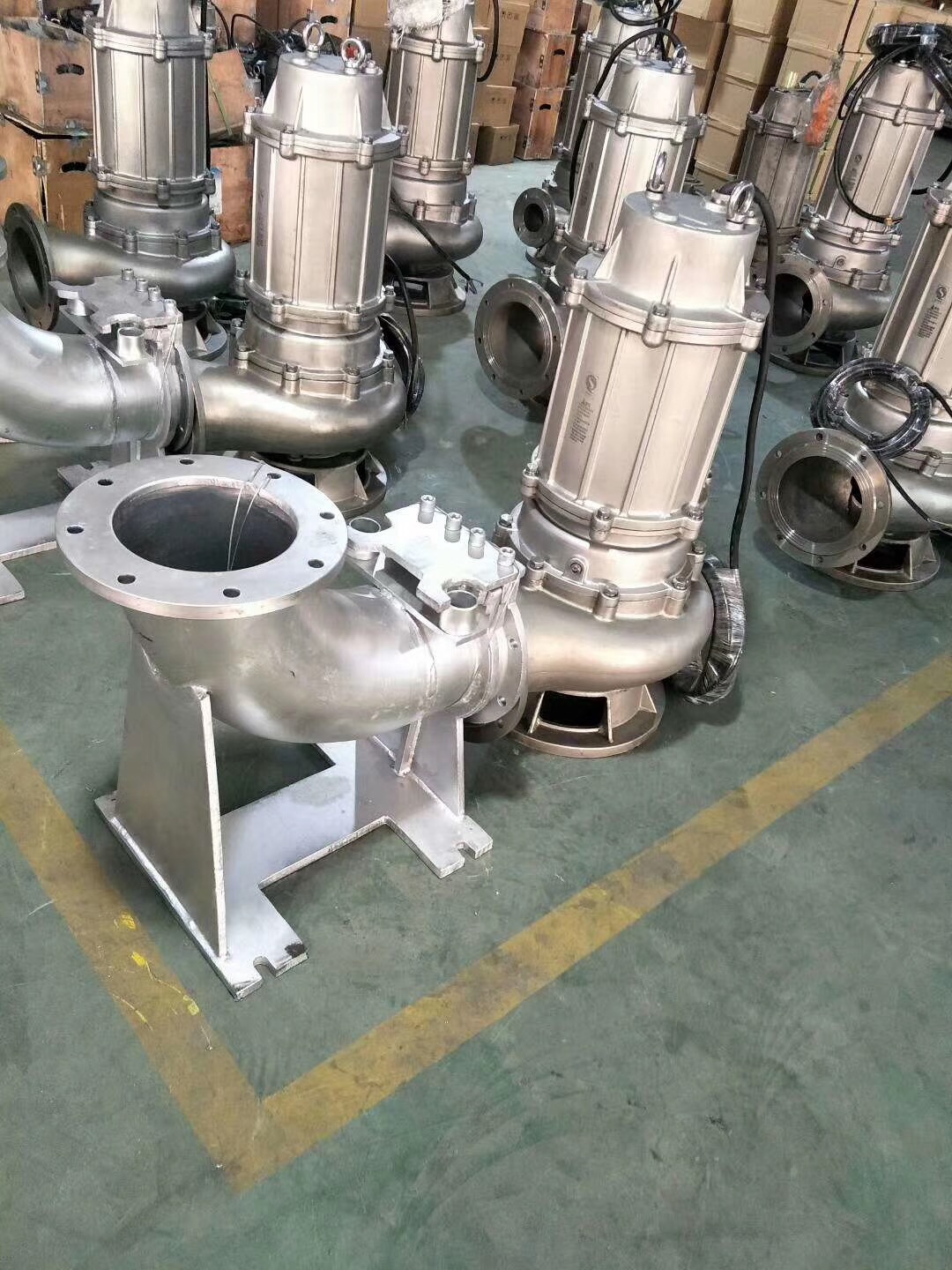English
- Afrikaans
- Albanian
- Amharic
- Arabic
- Armenian
- Azerbaijani
- Basque
- Belarusian
- Bengali
- Bosnian
- Bulgarian
- Catalan
- Cebuano
- Corsican
- Croatian
- Czech
- Danish
- Dutch
- English
- Esperanto
- Estonian
- Finnish
- French
- Frisian
- Galician
- Georgian
- German
- Greek
- Gujarati
- Haitian Creole
- hausa
- hawaiian
- Hebrew
- Hindi
- Miao
- Hungarian
- Icelandic
- igbo
- Indonesian
- irish
- Italian
- Japanese
- Javanese
- Kannada
- kazakh
- Khmer
- Rwandese
- Korean
- Kurdish
- Kyrgyz
- Lao
- Latin
- Latvian
- Lithuanian
- Luxembourgish
- Macedonian
- Malgashi
- Malay
- Malayalam
- Maltese
- Maori
- Marathi
- Mongolian
- Myanmar
- Nepali
- Norwegian
- Norwegian
- Occitan
- Pashto
- Persian
- Polish
- Portuguese
- Punjabi
- Romanian
- Russian
- Samoan
- Scottish Gaelic
- Serbian
- Sesotho
- Shona
- Sindhi
- Sinhala
- Slovak
- Slovenian
- Somali
- Spanish
- Sundanese
- Swahili
- Swedish
- Tagalog
- Tajik
- Tamil
- Tatar
- Telugu
- Thai
- Turkish
- Turkmen
- Ukrainian
- Urdu
- Uighur
- Uzbek
- Vietnamese
- Welsh
- Bantu
- Yiddish
- Yoruba
- Zulu
Telephone: +86 13120555503
Email: frank@cypump.com
Aug . 19, 2024 02:15 Back to list
Essential Components of Slurry Pumps and Their Functions Explained
Understanding Slurry Pump Parts A Guide to Efficiency and Functionality
Slurry pumps are essential machines in various industries, including mining, construction, and wastewater management. Designed to handle mixtures of liquids and solids, slurry pumps play a crucial role in transporting abrasive and corrosive materials. To ensure optimal performance, it is essential to understand the key components that make up slurry pumps and how they contribute to the overall functionality of the system.
1. Impeller
The impeller is one of the most critical parts of a slurry pump. It is responsible for imparting energy to the slurry, converting mechanical energy from the pump motor into kinetic energy that propels the slurry through the system. Impellers come in various designs, such as open, closed, or semi-open, each suited for different applications. The choice of impeller design affects the pump's efficiency, flow rate, and ability to handle solid particles.
2. Casing
The casing, or pump housing, encloses the impeller and directs the flow of slurry from the impeller to the discharge outlet. Typically made of heavy-duty materials like cast iron or other wear-resistant alloys, the casing is designed to withstand the high pressures and abrasive nature of slurries. A well-designed casing maximizes the pump's efficiency by minimizing turbulence and energy losses.
The shaft connects the motor to the impeller and transmits the rotational energy needed to drive the pump. It is critical that the shaft is robust and capable of withstanding significant torque and bending forces. Bearings support the shaft and ensure smooth rotation, reducing friction and wear. The choice of bearing material and design can significantly impact the longevity of the pump, especially in harsh operating conditions.
slurry pump parts name

4. Seal
Seals are vital in preventing leakage of the slurry and maintaining pressure within the pump. Mechanical seals are commonly used in slurry pumps, providing a reliable barrier against leakages and protecting other critical components from abrasive slurries. Proper seal maintenance is crucial to prevent failures that could lead to costly downtime and repairs.
5. Discharge Pipe
The discharge pipe directs the slurry away from the pump to its designated destination, such as settling ponds, conveyors, or filtration systems. The size and design of the discharge pipe can influence the flow characteristics and pressure drop of the slurry. It is important to ensure that the discharge system is appropriately sized and resistant to wear.
6. Wear Plates and Liners
Due to the abrasive nature of the materials transported by slurry pumps, wear plates and liners are essential components that protect the pump parts from erosion and degradation. These components can be replaced easily, allowing for longer pump life and reducing maintenance costs. Choosing the right materials for wear plates and liners can significantly improve the pump's overall performance.
Conclusion
Understanding the various parts of a slurry pump is essential for efficient operation and maintenance. Each component plays a unique role in ensuring that slurry pumps can handle tough conditions effectively. By selecting quality materials and ensuring proper design, operators can increase the reliability and longevity of their slurry pumps, ultimately leading to improved productivity and reduced operational costs. Regular maintenance and timely replacement of wear components will further enhance efficiency, making slurry pumps invaluable in transporting challenging mixtures of solids and liquids in various industries.
-
ISG Series Vertical Pipeline Pump - Chi Yuan Pumps | Advanced Engineering&Industrial Efficiency
NewsJul.30,2025
-
ISG Series Pipeline Pump - Chi Yuan Pumps | High Efficiency, Energy Saving
NewsJul.30,2025
-
ISG Series Vertical Pipeline Pump-Chi Yuan Pumps|High Efficiency&Reliable Performance
NewsJul.29,2025
-
ISG Series Vertical Pipeline Pump|High Efficiency&Low Noise
NewsJul.29,2025
-
ISG Series Vertical Pipeline Pump - Chi Yuan Pumps Co., LTD.|High Efficiency, Energy Conservation, Low Noise
NewsJul.29,2025
-
ISG Series Vertical Pipeline Pump-Chi Yuan Pumps Co., LTD.|High Efficiency&Energy-Saving
NewsJul.29,2025










